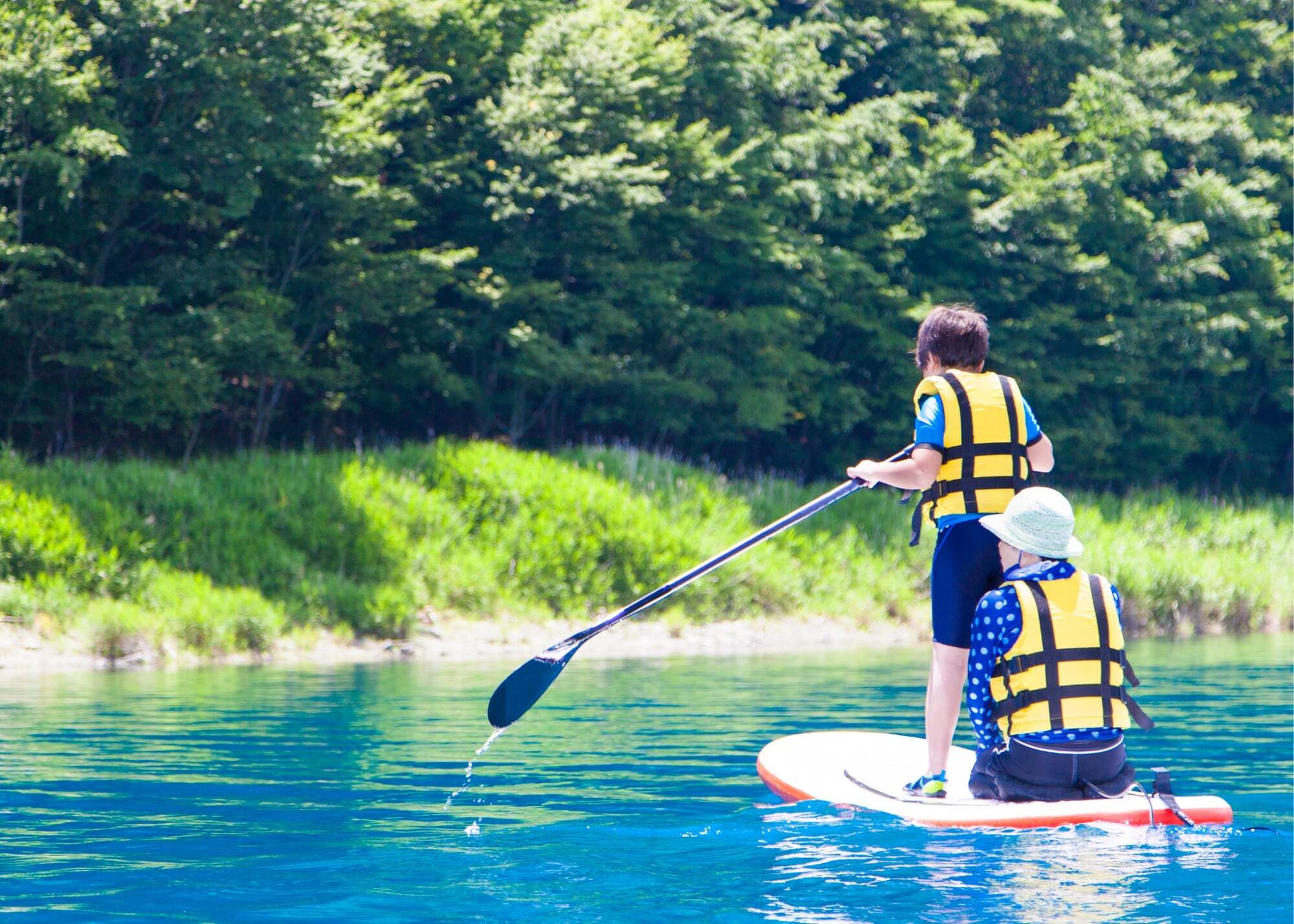Camp Safety Education
Summer camps often involve waterfront activities or day trips to swimming pools. Camp leaders supervising aquatic activities need to have procedures in place to ensure campers are safe in and around the water. To promote drowning prevention, the Lifesaving Society of BC & Yukon recommends camps implement following water safety guidelines:
Camp Safety Education
SWIM ASSESSMENTS
- Camp directors must ensure all campers participating in water activities receive swim assessments prior to entering the water.
SUPERVISION
- Camp leaders must supervise their group at all times.
- Children who are 6 years of age or under must be supervised in a ratio of 4:1 without life jackets or 8:1 with life jackets.
- Children 7 years or older who can pass the facility swim test, must be accompanied and supervised in a ratio of 8:1.
BUDDY SYSTEMS
- Camps should promote a buddy system, assigning each camper with a buddy.
- Buddies should be paired according to swimming ability.
- Buddy Checks should be frequent, allowing Camp Leaders to count/check the number of buddies pairs in the water, and ensure campers’ safety.
Before participating in water activities, camp directors must ensure all campers receive swim assessments to evaluate their swimming abilities and ensure their safety. These assessments help determine which activities are appropriate for each camper and allow staff to provide additional support where needed. Supervision is essential at all times, with camp leaders responsible for overseeing their groups to maintain a safe environment. Children aged 6 and under must be supervised at a ratio of 4:1 without life jackets or 8:1 with life jackets, ensuring that there are enough adults to provide adequate attention and support. For children aged 7 and older who pass the facility swim test, a supervision ratio of 8:1 is required to ensure their safety and well-being in the water.

Camps should also implement a buddy system, pairing campers according to their swimming ability. Frequent buddy checks allow camp leaders to account for all campers, ensuring their safety in the water and promoting a sense of responsibility among the campers.
This comprehensive approach not only helps prevent accidents but also enhances the overall camp experience by fostering a safe, inclusive, and fun environment where everyone can enjoy water activities with confidence. By prioritising swim assessments, proper supervision, and the buddy system, camps can create a secure setting that encourages skill development, cooperation, and a love for water activities.